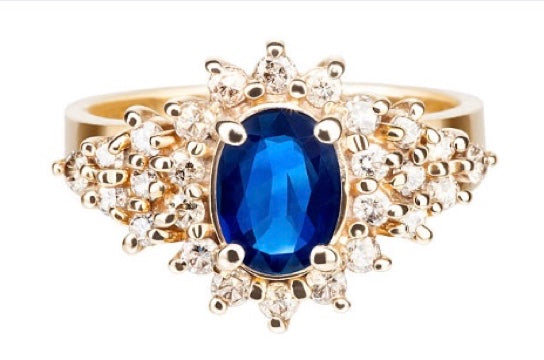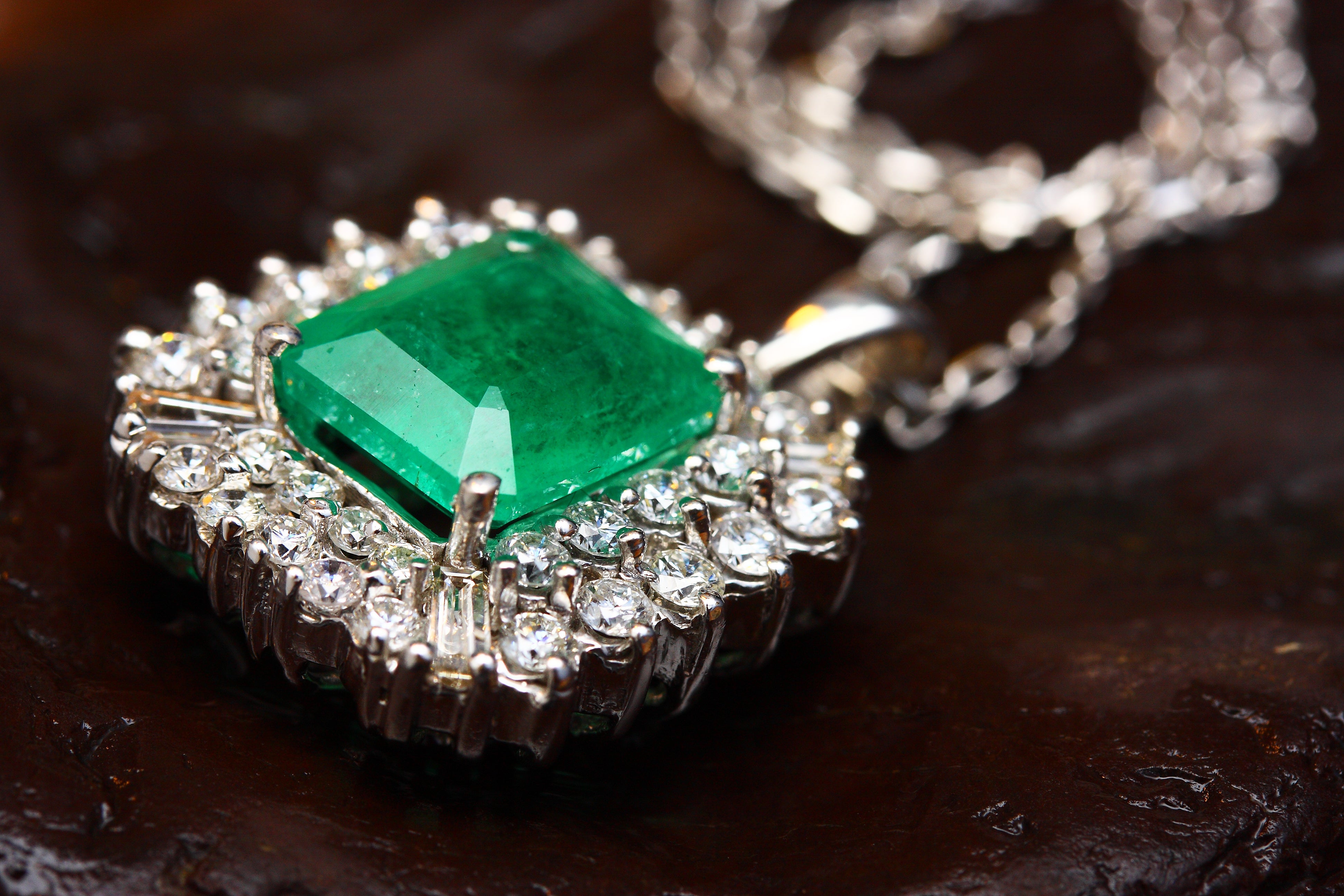
Which jewellery making process is best?
Hand-made, Bespoke, Custom-made, CAD designed, Mass produced.
When buying jewellery, a lot of people don’t stop to think about how it is made. Many people don’t understand the true value of custom made jewellery compared to its mass-produced counterparts.
If you are considering custom made jewellery, it pays to know how your precious gemstone is going to be held in place. In many cases, the majority of the value in a piece of jewellery is in the gemstone(s). So it makes sense to ensure the setting is well-made and the gemstone protected from damage or loss.
For the purposes of this article we will assume it is a ring being made. It helps to understand the anatomy of a ring, but to keep things simple we will refer to just the ‘setting’ (the top part of the ring that holds the gemstone in place, often with claws or metal channels) and the ‘band’ (the plain metal ring that goes on the finger).
When it comes to custom made jewellery there are two common methods used, casting and hand making which we will discuss in greater detail below. Some jewellers handmake the settings and cast the bands or vice versa so it is important to ask the question and understand how each piece is going to be made.
Design
Many jewellers might use a mix of design methods. In many cases, a designer might conceptualise the piece of jewellery and work with a jeweller to bring it to life.
Jewellery design can be achieved via CAD (computer assisted design) or by traditional sketch. Traditionally, a handmade piece of jewellery is designed by sketch and cast jewellery is often CAD designed. However there are more and more exceptions to this. Many designers will hand sketch a ring and have it sent for casting. And some artisan jewellers will utilise CAD for the rings design but hand make the componentry.
Casting Jewellery
Casting jewellery is done by pouring liquid metal into pre-made mould cavities. The design is either hand carved out of wax by the jeweller or 3D printed using technology. This wax mould is then encased in plaster and heated to melt the wax away and harden the plaster mould. Liquid metal is then poured into the mould to create the piece of jewellery. Once cooled, the piece is cleaned up, polished and the gemstones are set.
Advantages:
- You can see and handle the wax model before the piece is made. This is more accurate and exact than a hand-drawn sketch.
- In the case of CAD design, you can view a 3D image of your ring, at all angles, virtually add and remove components and refine the design to what you want.
- Casting is cheaper than producing an entire piece by hand as the process is very quick. This leaves more room in your budget for the type of metal or gemstone. It also helps the jeweller be more efficient, he/she can produce more items in a shorter space of time.
- It can be quicker and more cost effective for producing intricate designs.
- Cast jewellery is built for flexibility and can work with a range of stones shapes and sizes.
- Moulds can be re-used to replicate the same design again and again. (see also disadvantages)
Disadvantages:
- Because the moulds can be re-used there is no guarantee that your piece will be a one-off unless you have a specific agreement with the designer/jeweller.
- Metal density is often lower than hand made because the metal is poured and cooled rather than forged and rolled as with hand-made jewellery.
- If cast in one piece, then only one type of metal can be used for the entire setting. In many cases, jewellers will cast separate components and weld them together in the finishing process. For example, a white gold setting for the gemstone can be soldered to a yellow gold ring.
Casting is very much an accepted and cost-effective way to produce jewellery (in much the same way heat treatment is a very acceptable and widely used treatment for sapphires).
A large percentage of custom or bespoke designed jewellery is manufactured using a mix of CAD design and metal casting.
Hand-made Jewellery
This is the gold standard (excuse the pun) and traditional method of jewellery making. The band, the claws and the setting are all crafted by hand. This is done by a goldsmith or bench jeweller. The metal is melted down and shaped by rolling, bending and hammering it into its form. The setting that holds the gemstone in place is also formed in this way, the result being metal that is denser, stronger and more durable. The final ring is then polished and the gemstone(s) set. With hand-made jewellery, every single component can be polished and finished to a high standard, meaning the under carriage of the setting can often reveal more intricate detail.
Advantages:
- Because of how the metal is worked, a jeweller can achieve more with less, creating a finer piece that is better quality and actually stronger.
- It is easier to make small changes to the design while it is in process, expect a few visits and consults with the jeweller for this.
- The setting is harder and stronger ensuring less breakage of claws and loss of gemstones.
- There is less waste because the jeweller is able to use the precise amount of metal required by sculpting the ring around the exact dimensions of the gemstone.
- Your piece will have a higher standard of finish as every component is individually made by the jeweller.
- The jeweller can easily work with a mix of metals because the entire piece is made by hand.
- You have flexibility of materials used. You might want to melt down an old gold necklace to create your ring and the jeweller will be able to do this for you.
- Your piece will be a true one-off. You will be the only person who owns and wears that specific ring.
- You are directly supporting the craft, skill and business of a real person, the artisan jeweller or goldsmith as opposed to a large corporation.
Disadvantages:
- Expect to pay more for hand-made jewellery.
- Can be time consuming to make, especially intricate designs, which will add to the overall cost as well.
- You often have to rely on a sketch design, however many jewellers are flexible and will create a wax design for you or might even utilize CAD for the purpose of design only (not manufacture).
So, which method is best for you?
In both methods you can be part of the design process and the story becomes your own.
If your aim is to make something truly unique, that will last for generations, or you want to remodel existing jewellery and you don’t minding spending extra for quality, then hand-made jewellery is your answer. If you are purchasing a gemstone of high value, hand make is the undisputed only option.
However if you are somewhat budget limited, like the idea of seeing the design in 3D form and don’t mind a small reduction in quality then cast jewellery is a very acceptable option. Cast jewellery is a great option for lower cost gemstones and budgets up to $10,000-$15,000 for the overall piece.
It is important to note that some handmade jewellery can be poor quality, especially if the skill of the jeweller is not there, and most cast jewellery is very high quality. However, the key takeaway here is that the best handmade jewellery will always be finer, more durable and better quality than the best cast jewellery.


